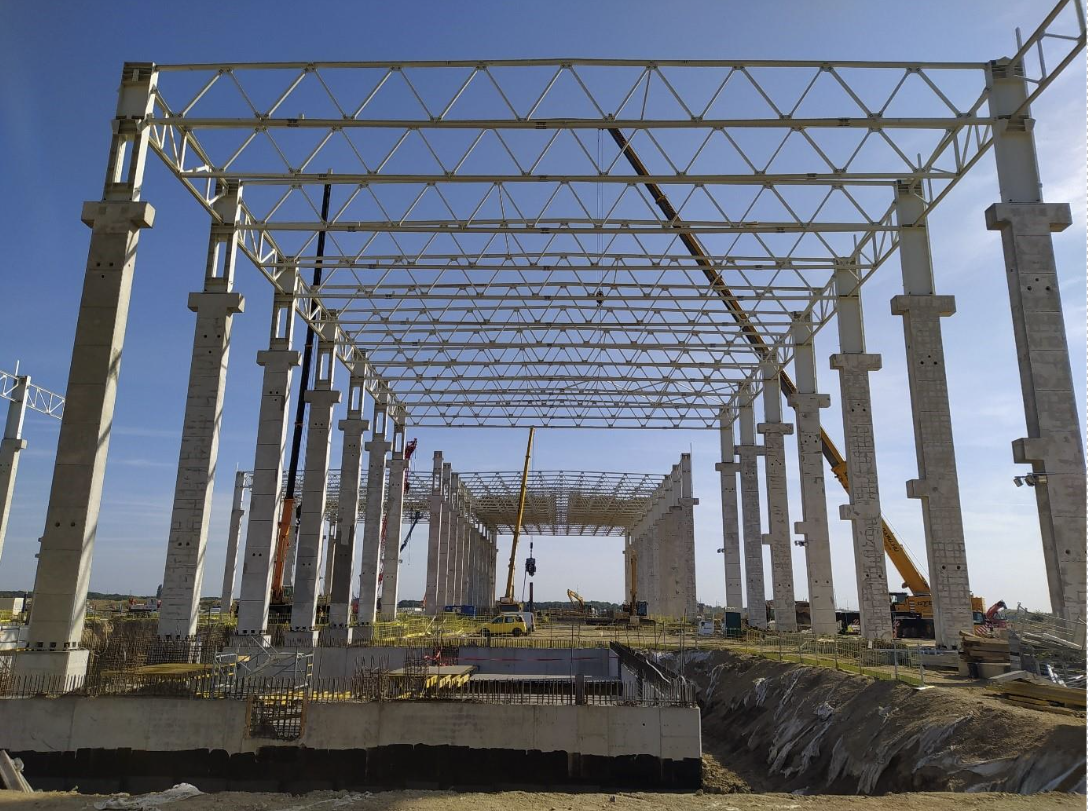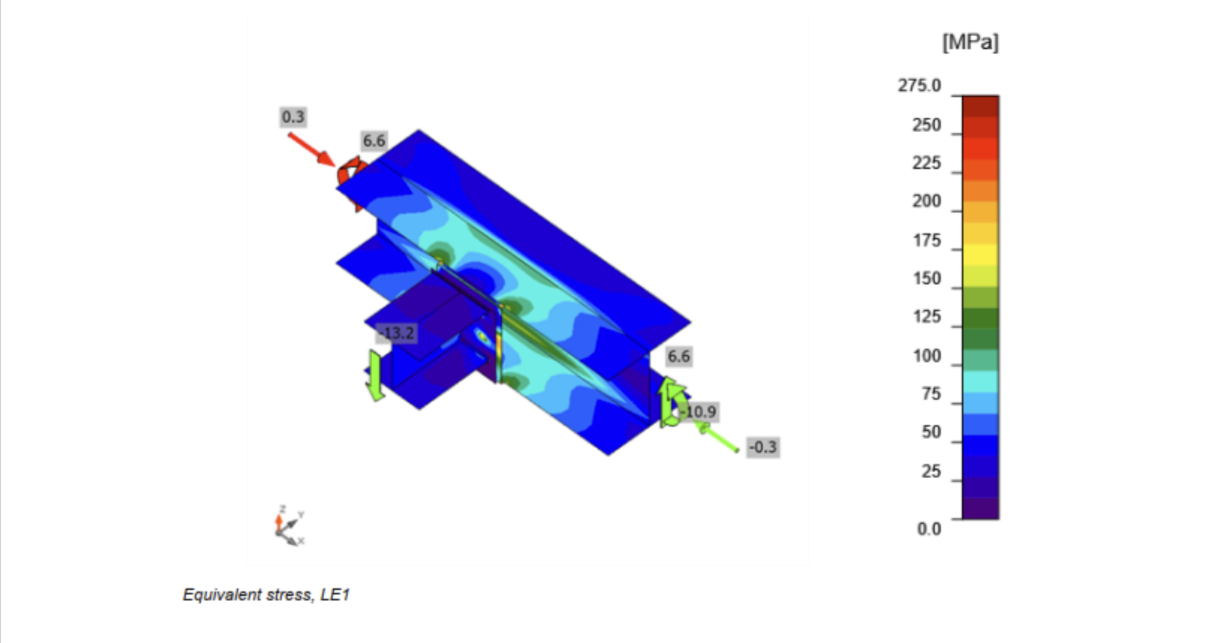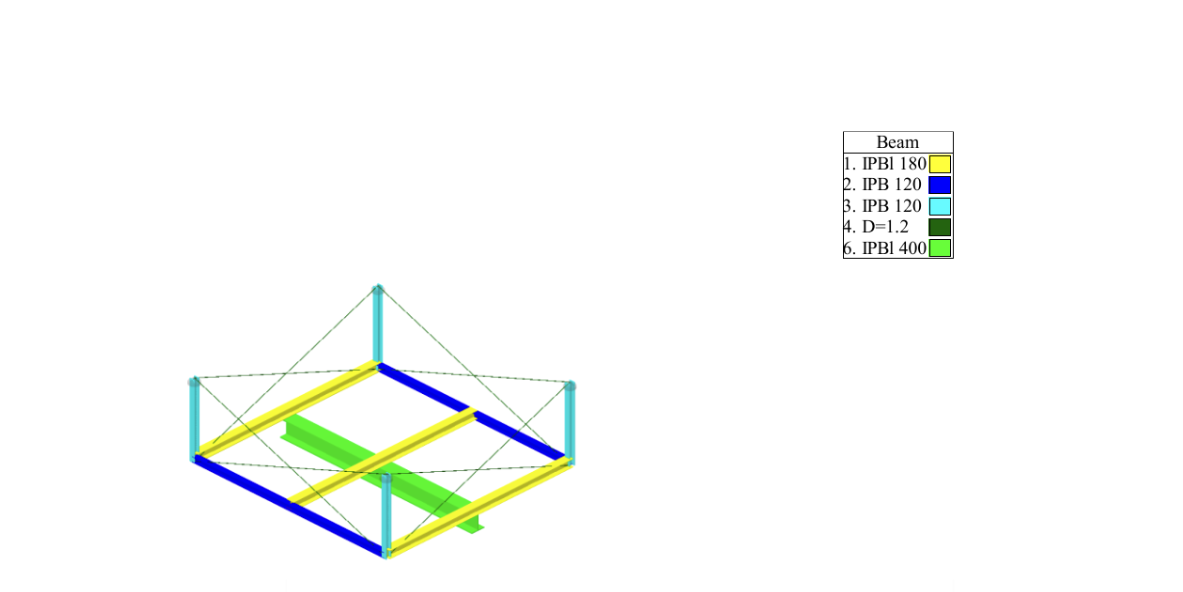BMW Factory Debrecen - Extended Structural Consulting
Advanced structural verification and optimization for crane runway girder redesign
Structural Highlights
- Re-evaluation of existing crane runway girder after load increase
- Multi-stage verification process including ULS and SLS assessments
- Advanced connection modeling using IDEA StatiCa
- Critical assessment of steel-to-concrete anchorage systems
- Achievement of 97% utilization without structural modifications
- Development and testing of AI-assisted verification tools
Facts
- Location: Debrecen, Hungary
- Year: 2025
- Services: Structural Engineering
- Client: Yapi Merkezi A.S
- Yapi Merkezi is the largest Turkish contractor involved in the Turkish airport and Canakkale bridge construction

EHS Engineering & Consulting was commissioned by Yapi Merkezi to provide extended structural consulting support during the execution of the BMW factory in Debrecen. Our scope included independent verification of the Hungarian Engineer of Record's (EOR) calculations, which were often marked by an overly conservative design approach. Our goal was to ensure that these assessments were technically justified and did not result in unnecessary retrofitting or cost escalation. One major task involved the re-evaluation of a crane runway girder, which had already been constructed. After installation, the crane manufacturer (ABUS) doubled the originally assumed loads, leading to significantly increased reaction forces on the supporting structure. EHS led a full recalculation of the system, applying a multi-stage verification process. We re-evaluated structural members under Ultimate Limit State (ULS) and Serviceability Limit State (SLS) using accurate load combinations. Connections were modeled and assessed using IDEA StatiCa, enabling advanced joint and stiffness evaluation. The anchorage system connecting the steel crane runway to the reinforced concrete columns was critically assessed. Instead of defaulting to costly retrofitting measures, we collaborated closely with ABUS to determine the actual load patterns during operation and compared those against the structural reserves of the as-built system. The result was a final utilization of up to 97%, a challenging yet safe design margin, achieved without any structural modifications. Given the complexity and tight tolerances of this assessment, we implemented a four-eye verification principle. Additionally, we tested our in-house AI-assisted tool, developed to autonomously check applied loads and cross-verify structural calculations for errors or inconsistencies. This served as an additional safety layer and underlined our commitment to innovation-driven, precise engineering. This project demonstrated EHS's strength in bridging design, execution, and consulting, particularly in complex interface conditions. Through advanced calculations, close cooperation with manufacturers, and the use of cutting-edge tools, we delivered safe and efficient engineering solutions, pushing structures to their optimal performance while staying within all applicable Eurocode standards.


